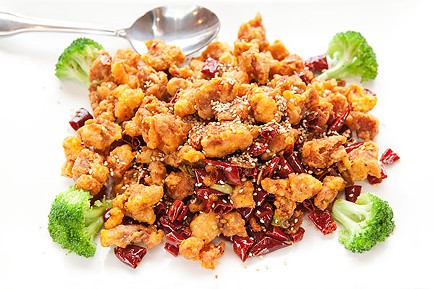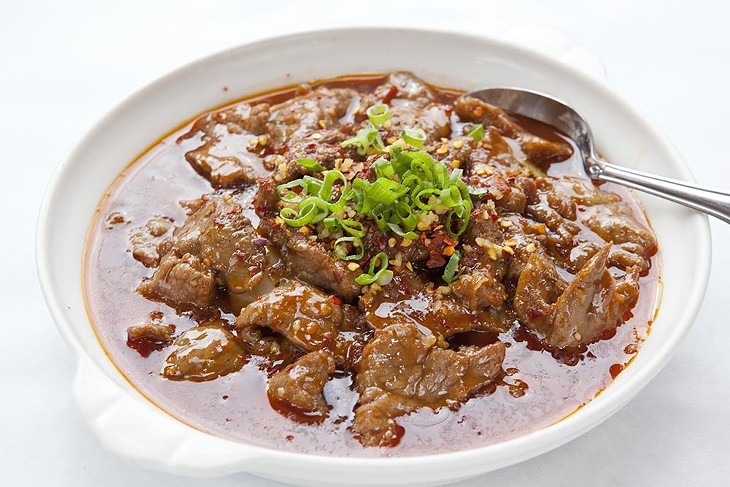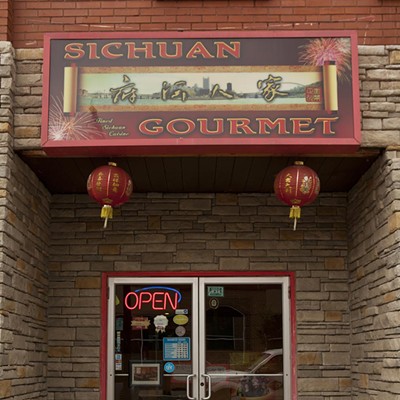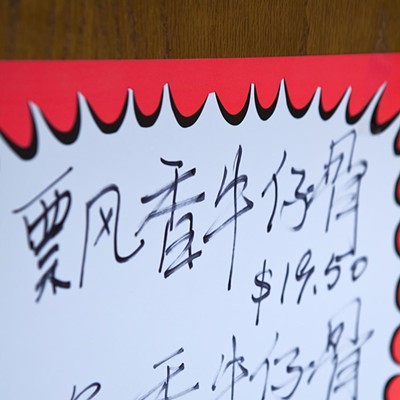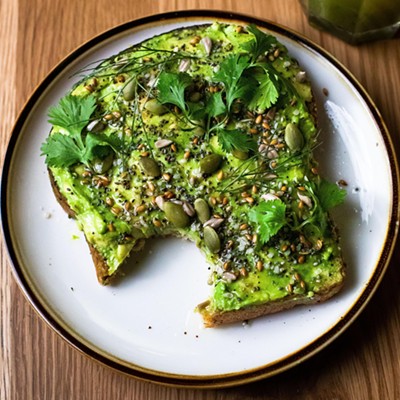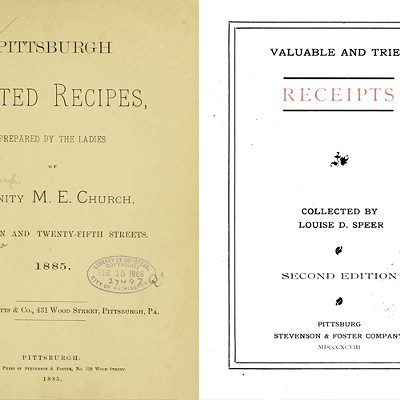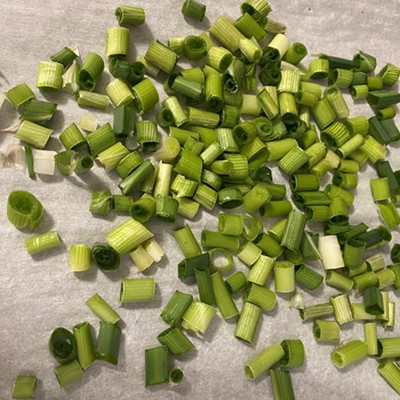Unless we lived in China, most of us probably grew up with generic “Chinese” restaurants. That is why the current trend toward regional Chinese cuisines, especially the assertive Szechuan (or Sichuan) tradition, is so refreshing.
As its name makes clear, Sichuan Gourmet is part of this recent boom in not-your-parents’-Chinese food. And yet, in a sense, it literally was Jason’s parents’ Chinese restaurant. Sichuan Gourmet opened recently, but it continues a decades-old line of Chinese restaurants in its Squirrel Hill location, a line that was well established when Jason ate there with his folks as a college freshman.
The quality has varied over the years but, other than one pan-Asian predecessor, previous offerings have generally hewed closely to old-school, American-style Chinese.
In keeping with the more adventurous tastes of modern diners, Sichuan Gourmet’s menu features primarily dishes that were scarcely available here five years ago, let alone 10. There’s no “secret” menu, no pleading with the server to bring the “good stuff”; at Sichuan Gourmet, you’re free to pick something as familiar as kung pao, or as out-there as duck tongue, and roll with it.
Of course that’s easier for some of us than others, which is why there’s also a full American-style menu (called online the “Pittsburgh Menu”), from which we ordered a couple items in case our kids flinched from hot chili oil and tongue-numbing Sichuan peppercorns that are the signature ingredients of the cuisine.
Pan-fried dumplings went over well with the spice-averse set. They were dense and meaty with flavorful pork fillings. Honey-roasted ribs got a mixed review: The child who ordered them found them too sweet, but Jason, a fan of neither sweet meats nor honey, thought they were pretty good. The seasoned ribs’ rich, nutty flavor stood up to their syrupy surface, and the meat’s texture was tender with some chew and a few crisp edges.
For the adults in our party, ordering Sichuan was not intimidating; the only problem was narrowing down the epic-length menu. We began with Sichuan dumplings. They inverted the meat-first proportions of their non-Sichuan brethren, with large, tender, slippery wrappers, each containing just a morsel of pork. But these morsels packed a lot of flavor. They were almost juicy, and similar to sausage in their intensity. And where pot stickers come with a bit of sauce on the side for dipping, these Sichuan dumplings were swimming in a bowl of gorgeous red chili oil, which was nowhere near fiery, but rich and zippy.
“Pickles” were actually thick slices of cool, crisp, fresh cucumber tossed with oil, herbs, garlic and Sichuan peppercorns. This dish was fantastic, more deeply flavorful than we ever thought cucumbers could be, and provided a vivid experience of the famous tongue-numbing effects of Sichuan peppercorns. (A compound called hydroxy alpha sanshool is the culprit, creating an effect almost indistinguishable from vibration.) While there were no peppercorns apparent in the cukes’ herbal, lime dressing, the effect was unmistakable, especially when we drank some water that suddenly seemed carbonated!
A variety of dishes were listed as containing “tofu seasoning,” which seemed inconsistent with our experience of the blandest of proteins. We chose braised pork belly with tofu seasoning. It turned out to be strips of tender bacon in a dry rub (as opposed to a sauce), with lots of scallions, chopped nuts for crunch, whole peppercorns and batons of tofu that were firm, almost chewy, and thoroughly infused with spices. Angelique found the pork caused this dish to lean toward the salty side, but Jason reveled in the complex interplay of flavors and textures. Surprisingly, the whole peppercorns here resulted in considerably less numbing than we’d experienced with the cucumbers; presumably the cukes' dressing more effectively conveyed the sanshool.
Ho fun — wide, flat rice noodles — came with tender beef, stir-fried in a greasy but tasty sauce that, though mild in terms of spice, was pleasantly seasoned.
“Dry” — unsauced — sautéed green beans were exceptional: blistered outside, perfectly cooked and tender inside, their fresh flavor released at its peak and enhanced by savory bits of minced pork.
Sichuan Gourmet offers Chinese food that could not be farther from our brown-sauce-drenched Chinese-American memories. Not every dish was fiery, but each was flavorful, utilizing elements of Sichuan cooking in different combinations and preparations to create a meal that dazzled our palates.


